Mining meets sustainability: Challenges in renewable energy integration




While being a critically important part of Canada’s economy, the mining industry is also one of its most energy-intensive sectors and remains heavily reliant on fossil fuels, which emit large amounts of greenhouse gases (GHG). Since it is not economically feasible to provide hydroelectricity or connect to the national grid without significant government subsidies, companies that operate in remote areas have historically had to rely on the use of diesel generators. With the global population steadily increasing, low-income nations pursuing development and a growing demand for transition metals, the demand for critical raw materials is expected to rise significantly and could lead to higher GHG emissions across all phases of mining in Canada.
Many industry leaders recognize that prioritizing the reduction of GHG emissions can align environmental responsibility with tangible business benefits. By lowering emissions, mining operations can both enhance their reputation and meet increasingly strict regulatory requirements. This approach can also differentiate a company from its competitors and attract investors and partners who prioritize supporting sustainable industries, leading to better funding opportunities and potentially improved stock performance. Additionally, energy-efficient technologies that reduce emissions often result in lower operational costs, increasing overall profitability.
Finally, projects that incorporate renewable energy may be more likely to receive the support of adjacent local communities, including Indigenous communities that prioritize protecting the environment. In light of Canada’s commitments to decarbonization and net-zero emission targets, the time is ripe for the industry to evolve in ways that minimize the adverse impacts of mining activities on the environment.
Below is a discussion of endeavors undertaken by several Canadian mining companies to integrate renewable energy sources such as wind turbines and solar plants, as well significant strides made towards electrification. We also address some of the practical and regulatory challenges associated with their integration and highlight how companies can take advantage of recently introduced government funding in their transition to renewables.
Integration of renewable energy in mining operations
Wind energy is increasingly being utilized to reduce reliance on fossil fuels, with several off-grid mines integrating wind turbines into their energy mix. One notable initiative is the Raglan mine project undertaken by Glencore in partnership with Tugliq Energy. This award-winning project incorporates various energy storage technologies, with two turbines that meet approximately 10% of the mine’s electricity demand and reduce emissions by 12,000 tonnes. Another project worth noting is the Diavik diamond mine, operated by Rio Tinto in Canada’s Northwest Territories, with a wind farm that generates around 17 GWh annually, meeting about 10% of the mine’s power needs and reducing GHG emissions by up to 6%. Both projects demonstrate the successful integration of wind power, showcasing its potential to supplement energy needs and reduce diesel consumption and emissions.
Photovoltaic (PV) solar panels have also found promising applications in electrifying off-grid Canadian mine sites, usually as a way to augment other power sources. A noteworthy example is the PV system at Snowline Gold’s Forks exploration camp in the Yukon. Its off-grid system provides clean, on-site energy production to the exploration camp while reducing carbon emissions by 90% and saving an estimated 12,527 litres of fuel annually. The solar array and associated equipment are leased from the First Nations-owned Nacho Nyak Dun Development and is installed and maintained by the Yukon renewable energy company Solvest. Another project to note is the new array of PV solar panels added to Glencore’s Raglan mine site in the summer of 2021. The project’s solar installation comprises 108 photovoltaic panels, with the renewable energy produced being added to that of the site’s wind turbines.
Reducing emissions through electrification has also proven to be a viable approach, with some forward-thinking enterprises investing in fully electric or hybrid vehicles and others focusing more broadly on electric equipment. The New Afton underground block cave gold-copper mine, operated by New Gold, was among the industry’s earliest adopters of battery electric vehicles (BEVs), which have contributed to the mine’s sustainability and productivity goals. This project far exceeded its 2023 targets for reducing energy consumption and GHG emissions, with battery BEV haul trucks being the largest contributor. Another industry leader in electrification is the Borden gold mine in Ontario, operated by Newmont, which is Canada’s first all-electric underground mine and fully relies on battery-powered drilling and hauling equipment.
While wind and solar offer sustainable options for mining, a widely recognized issue is the variability in power generation due to weather conditions and nighttime, which make them less reliable compared to continuous energy sources. Excess energy can be stored in batteries, but these have limited capacity and remain prohibitively expensive. In the context of electrification, one of the primary challenges for remote projects is having the right power infrastructure, without which the investment needed for charging stations, trolley lines, electricity storage or co-generation can be significant. As a result, these alternative power sources are currently often best suited for a hybrid approach alongside more continuous methods.
Regulatory considerations
Companies looking to incorporate wind or solar into their off-grid projects should also be mindful of the regulatory approval process for the installation of wind turbines and solar farms. In addition, any logistical challenges, projects undertaking the construction of renewable energy infrastructure will be subject to various environmental laws and regulations, including, depending on their capacity, a likely environmental impact assessment (EIA) under the Impact Assessment Act, as well as the corresponding applicable provincial legislation.
An EIA is a thorough process required to evaluate the potential effects of a project before construction begins, including those on the environment. The assessment involves the analysis of various factors, such as the potential impact on local wildlife, and also examines potential disruptions to ecosystems, including effects on vegetation, water bodies, and soil. Additionally, the EIA assesses the noise pollution and visual impact on the landscape, as well as potential effects on nearby communities. Public consultation is a key part of any IA process, providing opportunities for local communities, Indigenous groups, environmental organizations, and other stakeholders to give input on the proposed project.
Federal and provincial regulatory agencies respectively review the assessment to ensure compliance with federal and provincial environmental laws, such as the federal Species at Risk Act and the Fisheries Act. If the assessment identifies significant environmental impacts, the project may need to implement mitigation measures, such as modifying the project design or conducting ongoing monitoring programs to minimize harm to ecosystems. On the other hand, it should be noted that if renewable power sources are part of the initial mine design, this could advance the EIA process for the overall project by showcasing the project’s low-carbon and renewable energy potential. In some situations, the renewable energy project may be considered together with the larger mine design in undergoing environmental assessment or the two may be considered separately.
In addition, companies looking to incorporate renewable energy into an existing mining project can typically expect that amendments to existing permits or new permits will be required. For example, a mining operation in Ontario planning to build a wind farm to power its operations would need to apply for a Renewable Energy Approval (REA) under the Ontario Environmental Protection Act. Similar to the federal EIA, this process evaluates potential impacts on the environment, wildlife, and local communities. In addition, since it is expected that renewable energy components of a project will have an impact on the environment, including for example on the wetlands or on certain species, it should be noted that compensation of some sort to the provincial authorities may be required under applicable provincial legislation. For example, certain provinces require that compensation for damage to wetlands or bodies of water, calculated based on a set formula, be paid before the environmental authorization for the activity causing the damage is issued.
As is the case with the EIA process, obtaining permits for the incorporation of renewable energy into the mine plans for a project pre-development may be a more straightforward approach, as the relevant provincial authorities will typically assess the impact of the project as a whole in most jurisdictions. However, since these components are often novel to the regulator, projects could face an expanded timeline due to the additional consultation required in connection with such applications.
Incorporating renewable energy not only impacts operational permits but also those related to closure and reclamation. Companies must demonstrate how renewable energy systems will be decommissioned or repurposed after mining operations cease. For instance, if a mining site uses solar panels, the closure plan must address how these will be removed, recycled, or left in place for future use.
Government funding initiatives
One of the primary challenges to transitioning to renewable energy is the significant upfront investment required. Fortunately, Canadian funding and regulatory schemes are increasingly supporting the integration of clean technology in the mining industry.
The Strategic Innovation Fund (SIF), which is overseen by the Ministry of Innovation, Science, and Economic Development and has a total budget of $1.5 billion, presents a significant opportunity for mining companies looking to incorporate renewable energy. By covering up to 50% of project costs, the SIF provides financial support for innovative projects, including those that implement clean technologies, automation, and advanced processing techniques. To tap into this funding, companies must undergo a detailed application process that includes consultations with SIF representatives and a robust project proposal.
In January 2024, the Government of Canada announced that it had passed various Clean Economy Investment Tax Credits (ITCs), including the Clean Technology ITC. The Clean Technology ITC will provide support to qualifying taxpayers who are investing capital in specified clean technologies in Canada at a rate of up to 30% of eligible capital costs. Eligible clean technologies include clean electricity generation equipment such as wind turbines and solar panels, stationary electrical energy storage and non-road zero-emission vehicles. Companies interested in utilizing the ITCs must ensure their investments meet the eligibility criteria set out by the Canada Revenue Agency (CRA).
Some other potential sources of government funding include the Net Zero Accelerator, the Mining Innovation Commercialization Accelerator, the Sustainable Technology Development Fund, the Clean Growth Fund, and the Critical Mineral Infrastructure Fund, all managed by Natural Resources Canada (NRCan). In addition to the various federal initiatives, many provinces have their own funding programs aimed at promoting clean technology and renewable energy, including for example British Columbia’s CleanBC Facilities Electrification Fund.
For many sources of funding, collaboration is a key element, as partnerships with research institutions and local communities can enhance the strength of applications. Collaborating with Indigenous communities can open doors to funding through various initiatives aimed at supporting sustainable development, as some programs specifically target projects that benefit Indigenous communities and promote environmental stewardship. In addition, universities and research institutions often have grants available for projects focused on clean technology and sustainability, and collaborating with academic partners can provide additional funding opportunities for mining companies looking to innovate.
Summary
The incorporation of renewable energy into mining projects represents a new frontier, offering substantial opportunities along with various challenges, including logistical hurdles, regulatory complexities and the need for considerable upfront capital investments. Pioneers in the industry are taking on these challenges with the understanding that environmental responsibility can become aligned with significant business advantages.
Companies wanting to navigate these opportunities effectively should engage with their legal, financial and other strategic advisors early in the process when considering renewable energy solutions. This proactive approach will help ensure that the integration process is streamlined and that potential funding opportunities are identified and secured, facilitating a smoother transition to more sustainable mining practices. 
McMillan LLP authors: Cory Kent is an office management partner in the Vancouver office, and a partner in the capital markets and securities team. Andjela Sabet is a counsel in the capital markets and securities team in Vancouver. Martin Thiboutot is a counsel, environment, in Montreal office. Jia Hwang is an articling student in the Vancouver office.
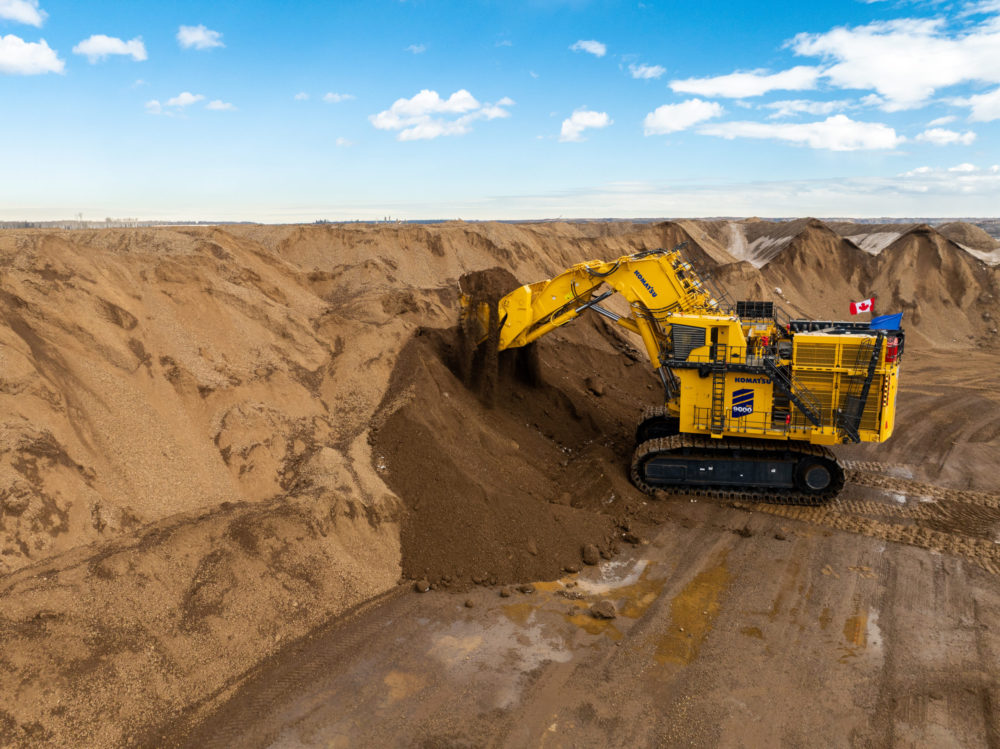
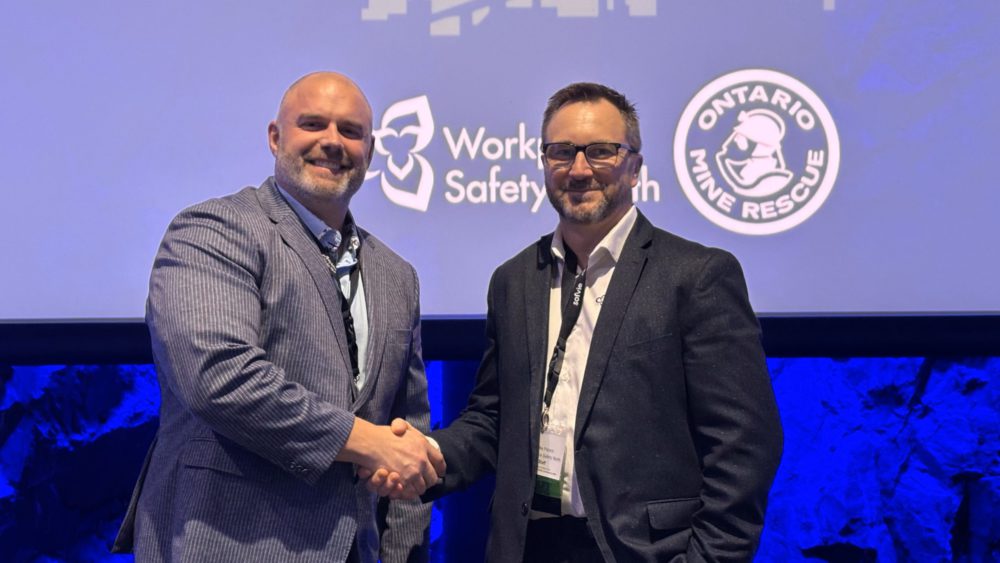
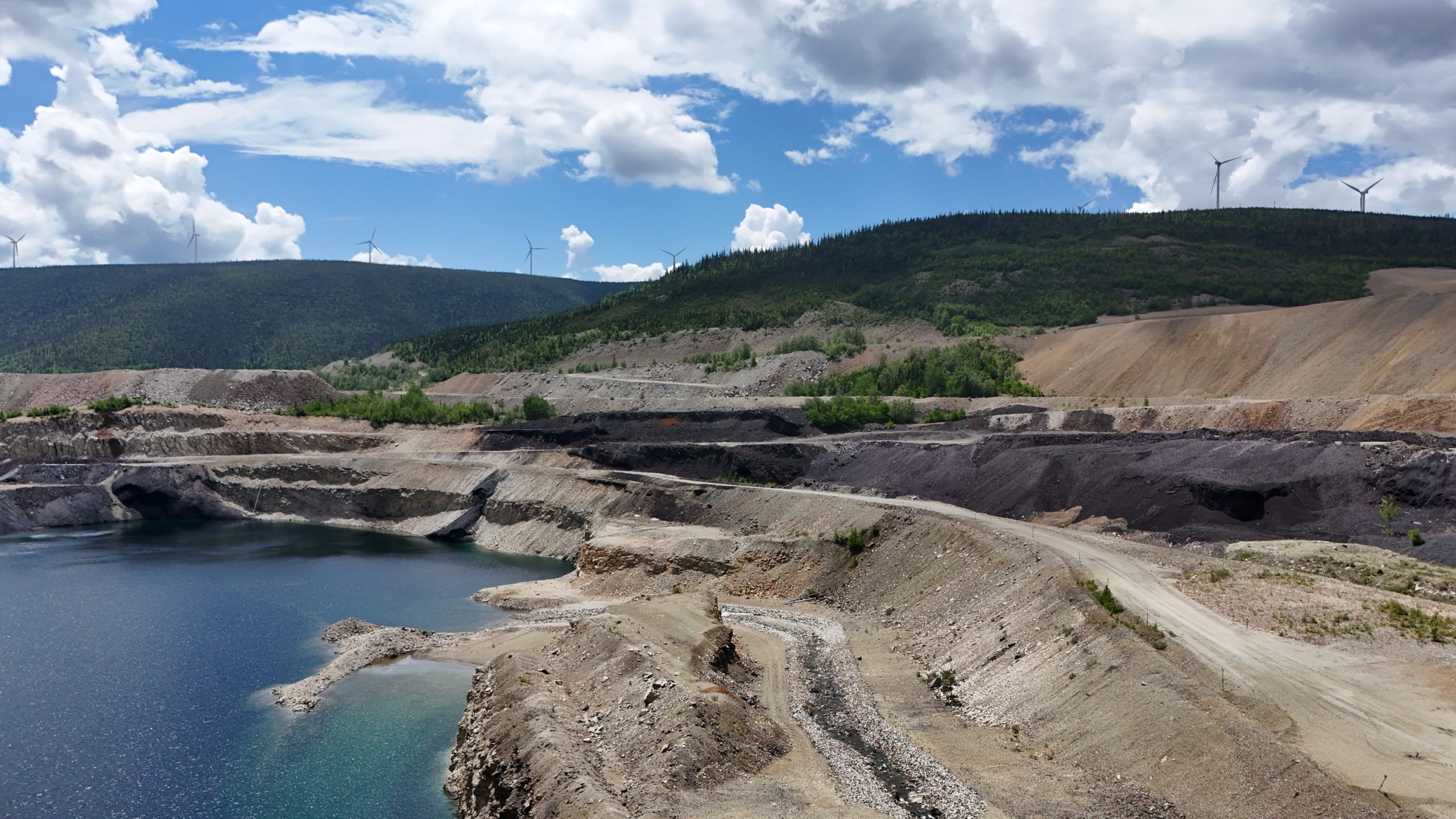
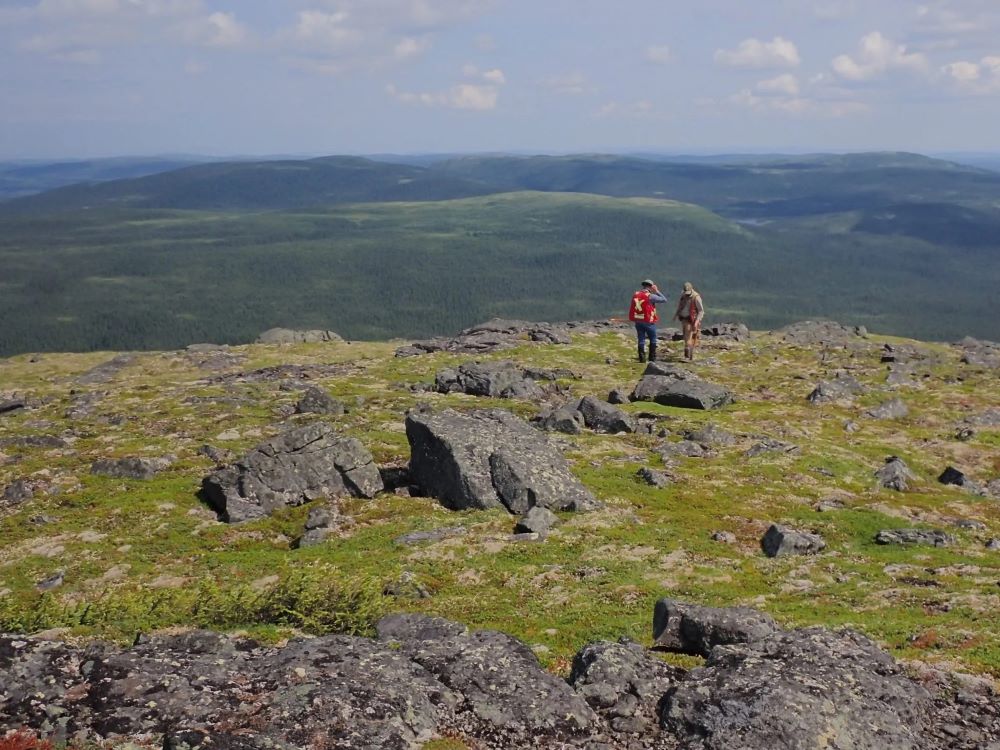
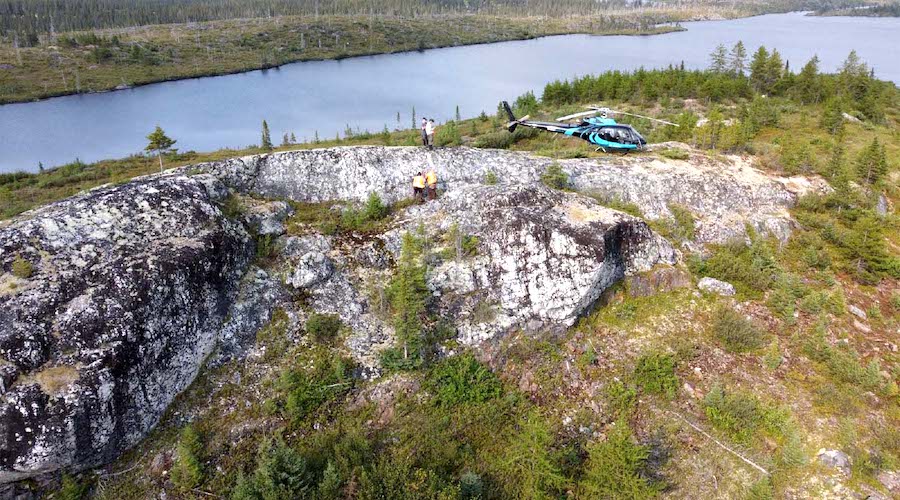
Comments